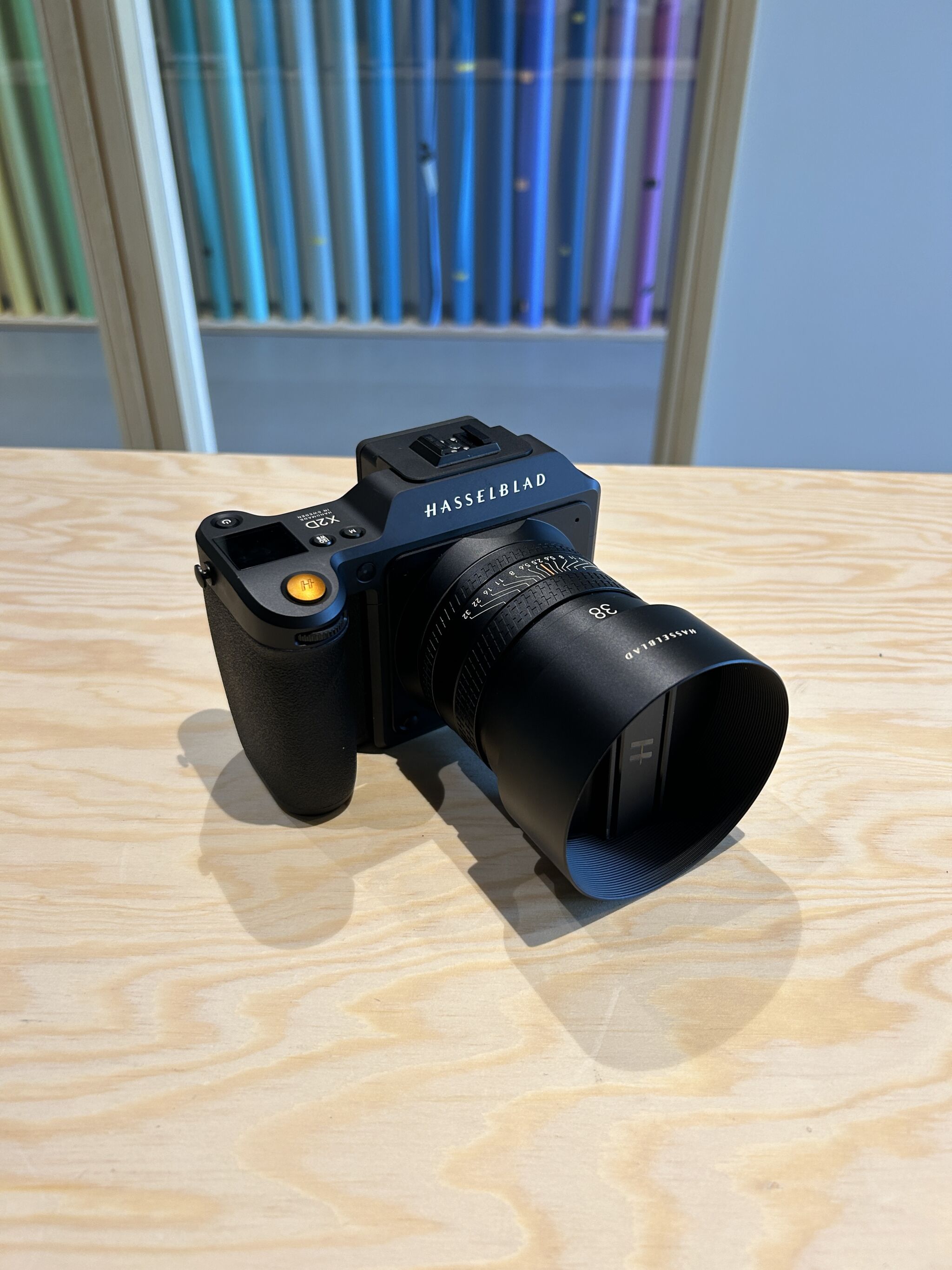You have an e-commerce and want to start shooting your product photography in-house? Discover the 7 must-have tools you need to achieve professional-quality product images and elevate your e-commerce business.
Whether you’re a freelance photographer, content creator or studio manager, a good photo workflow can save you precious time on a daily basis. Image sorting, retouching, exporting, archiving… every step counts.
A structured workflow is first and foremost a simple way to stay organized, be more efficient, and reduce the mental burden of managing your files. It also makes it easier to concentrate on what really matters: creating.
In this article, we share a few tips for building an efficient photo workflow.
The aim of structured photo management is to help you save time, avoid mistakes and easily find your photos, even months after a shoot.
Table of contents

1. Export your images and name your files correctly
The first step immediately after your photo shoot is to transfer all your images from the memory card to your computer. Remember also to save the raw files at this point. A good workflow starts as soon as the card is unloaded.
When importing, name your files clearly and consistently. For example: ProjectName_Date_Location_Customer. This type of name will enable you to find your images quickly, even months later.
Finally, don’t forget to back up your original files on an external hard drive or in the cloud. Having a backup copy in another location is essential to prevent loss in the event of a technical problem.
2. Add metadata
You should also remember to add metadata to your files. This information (author, date, location, copyright, etc.) remains embedded in the image, even if it is copied or shared.
It is essential for protecting your work and making it easier to identify.
Most image processing software (such as Lightroom, Capture One or Photo Mechanic) allows you to modify or add to this metadata easily, either during import or editing.
3. Manage your images with the right software
To optimize your workflow, it’s essential to use the right image management software for the way you work.
There are a number of free and professional software packages to choose from, depending on your needs and requirements.
If you’re a Mac user, Peakto is an excellent solution. It’s an AI-based media manager. It lets you centralize, analyze and organize your images. It also features a powerful search engine to quickly find what you’re looking for.
For simpler use, free solutions like Google Photos or Apple Photos may suffice for amateur photographers. But beware, they offer fewer advanced features: not always RAW support, no professional editing tools or intelligent search as powerful as tools like Peakto.
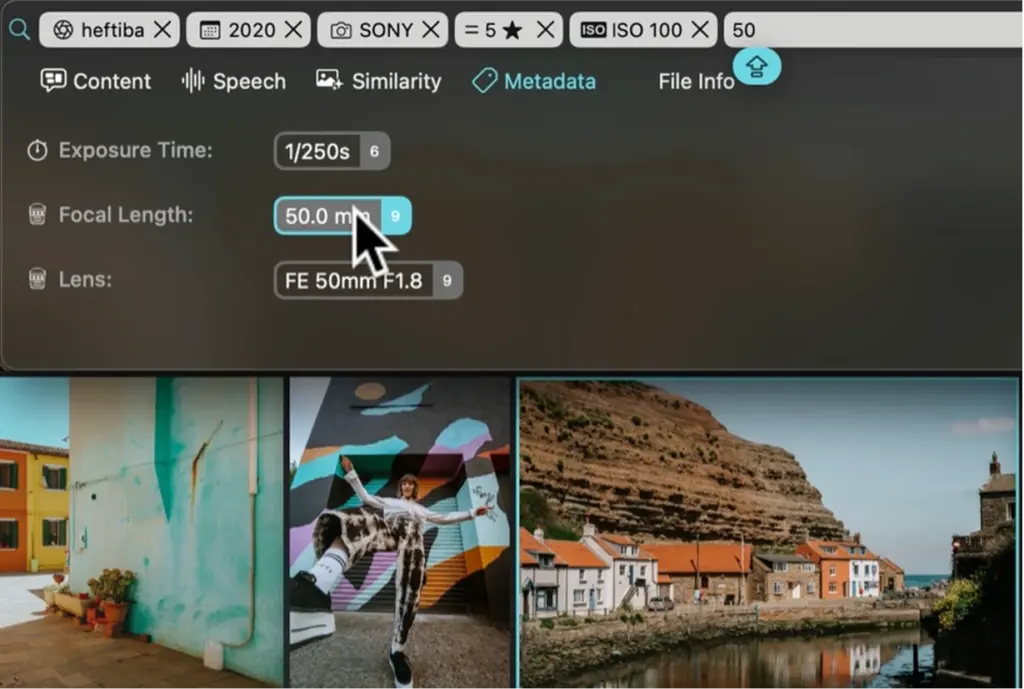
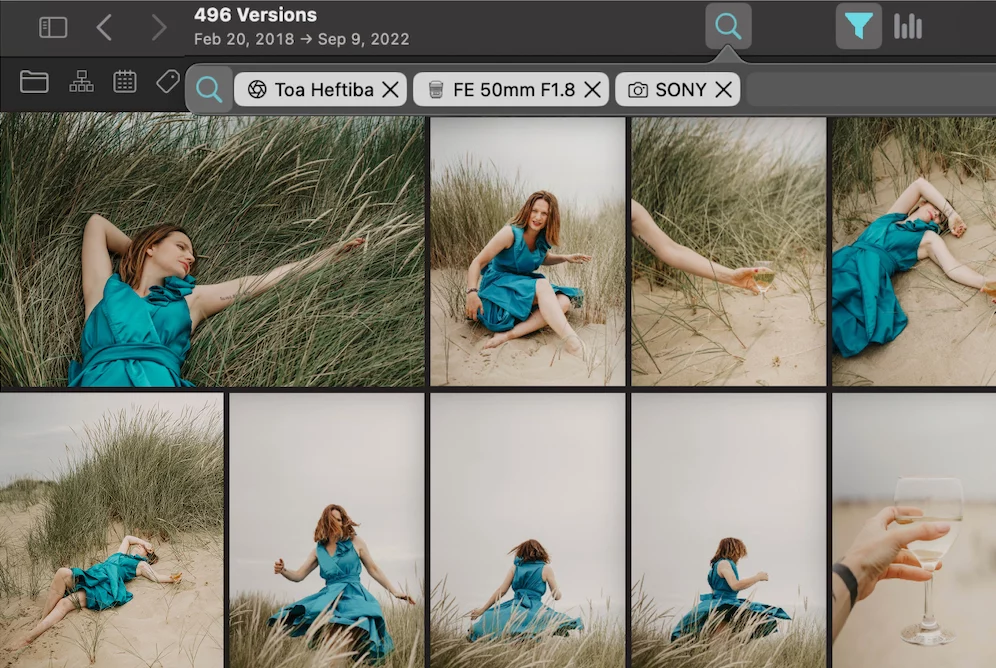
4. Edit your photos
Once your photos have been sorted and organized, the next step is editing. A good workflow includes fast, efficient image processing.
Use tools like Lightroom or Capture One to adjust exposure, color and sharpness.
Consider creating presets to speed up your retouching process and apply recurring adjustments to a group of images with just a few clicks.
Editing is a crucial step in giving your photos the professional finishing touch they deserve, while remaining true to your creative style.
With Peakto, you can also edit your images by taking advantage of AI analysis that evaluates aesthetics, technical aspects and color richness, to offer you suggestions for improving your photos in the best possible way.
6. Send your images to the customer
Once you’ve sorted and edited your photos, what format should you choose to send them to your customers to facilitate image transfer?
The TIFF format is ideal for preserving maximum quality before editing, but it is generally bulky and less compatible with certain software programs.
We therefore recommend lighter formats such as JPEG or PNG for everyday use.
These formats are universal, easier to share and widely used on the web, while maintaining good quality for visuals intended for broadcast.
7. Keep your images close at hand
Once you’ve sent your images to the customer, it’s important to store them properly. If you’re just starting out, you may not have many photos to manage, but as your business grows, an efficient storage system becomes crucial.
Folders are essential for organizing your photos. Sort them by month, type of shot, client or location for easy access. This makes it easier to manage the quantity of images and find them again.
With Peakto, you can view and navigate all your images, wherever they’re stored. Thanks to its AI-powered search, you can quickly find the image you need, even in your oldest archives.
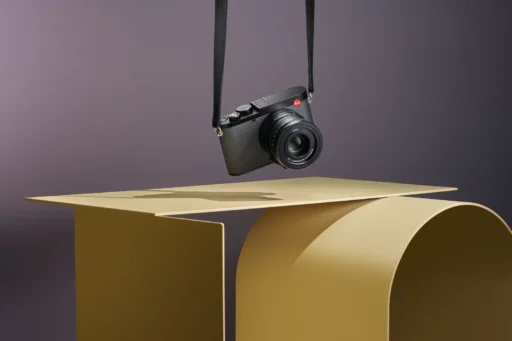



 Photo
Photo  Lighting
Lighting  Tripods & Grip
Tripods & Grip  Digital
Digital  Bags & Cases
Bags & Cases  Printing
Printing  Continous lights
Continous lights 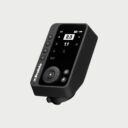 Transmitters
Transmitters 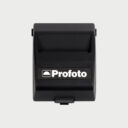 Accessories & Parts
Accessories & Parts  Accessories tripods & grips
Accessories tripods & grips 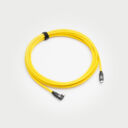 Cables & Tether
Cables & Tether  Hub & Adaptaters
Hub & Adaptaters  Portable power stations
Portable power stations  Sling bags
Sling bags  Rolling bags
Rolling bags 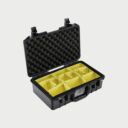 Hard cases
Hard cases  Organizers & Pouches
Organizers & Pouches 

